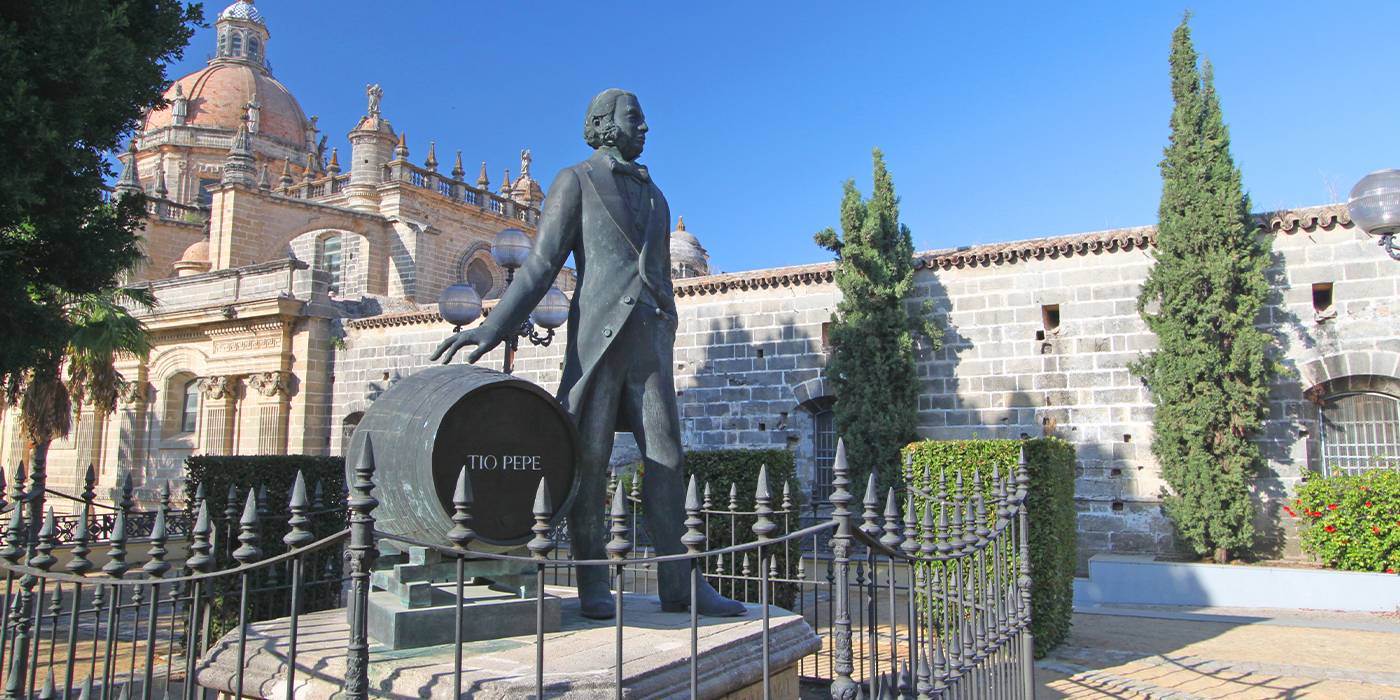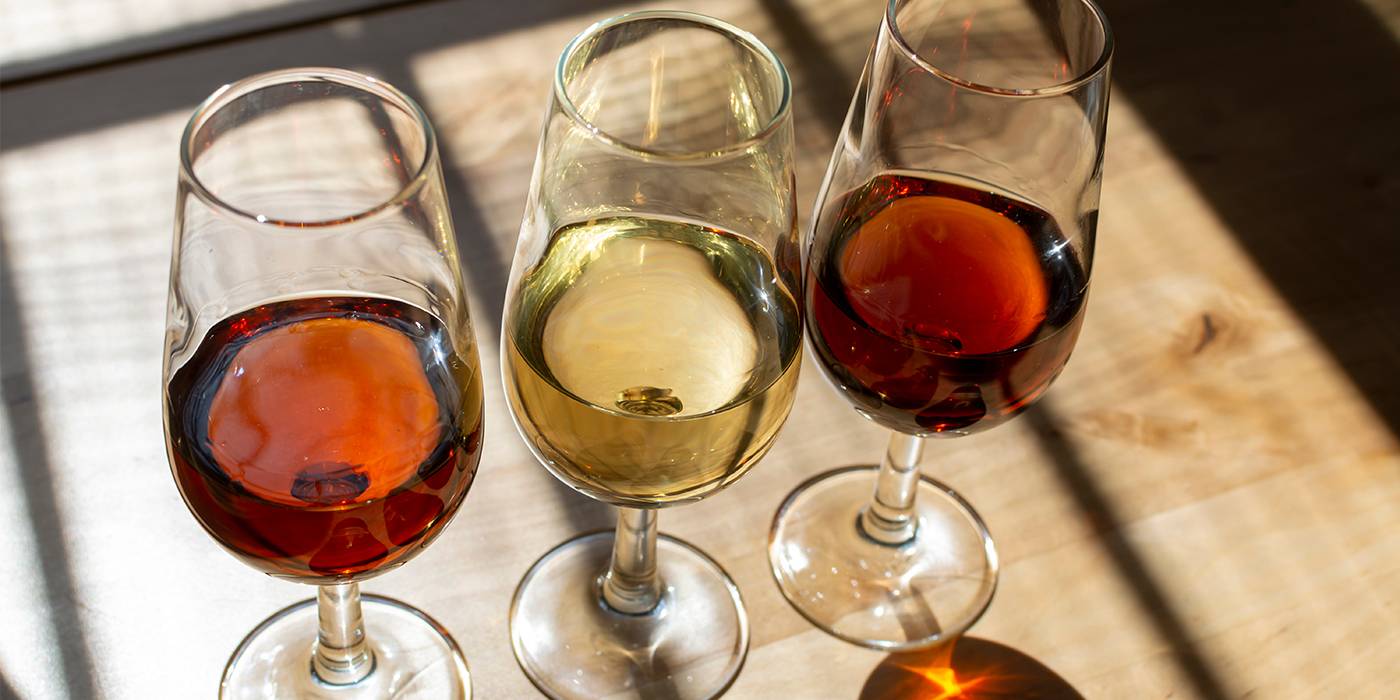What is oloroso wine?
Due to its unique process and ageing, Oloroso wine has a special organoleptic quality, rich in different aromas. Discover it with us!

Eva Pizarro
Sommelier at Fierro restaurant and trainer at Tandem Gastronómico.
When a wine is named ‘oloroso’ it speaks volumes – it’s a wine that exudes aroma. These wines are generous in fragrance, with a unique personality. We’re talking about the wines from the Jerez region, an area with over 3,000 years of history – one of the world’s oenological treasures. Their distinctive production and ageing methods make them truly unique.
PRODUCTION AND AGEING
Let’s go step by step: Sherry wines are made from Palomino grapes for dry wines, and Pedro Ximénez and Muscatel for sweet wines. Among the dry wines we find: Finos, Manzanillas amontillados, Palos Cortados and Olorosos. For the sweet and semi-sweet wines we have: Pale Cream, Medium, Cream, Muscatel and Pedro Ximénez. Its production and ageing will determine the type of wine we obtain. Thus, we find:
- Biological ageing: his process is characterised by the development of a layer of yeast on the surface of the wine, protecting it from oxidation through contact with oxygen, resulting in Manzanillas and Finos. This layer is known as the veil of flor.
- Oxidative ageing: when this veil of flor isn’t there and the wine is exposed to contact with oxygen, we obtain Olorosos and Palos Cortados.
However, there is also a combination of both types of ageing, where the wine spends a few years in biological and then oxidative ageing, giving rise to Amontillados. Let’s focus on Olorosos, what are the characteristics of these wines, and how and when is the best time to enjoy them?

OLOROSO WINES
Olorosos have an amber to mahogany colour, depending on the ageing period, and it’s here that we can find some of the oldest wines in the world. The colour is a product of the oxidation we have been talking about. This oxidation, combined with extended ageing, means that the aromas you’ll find in these wines aren’t of fresh fruit, as you might expect, but rather reflect the passage of time: toasted wood, dried leaves, and often a rich array of spices, all contributing to a potent and complex profile.
On the palate, as we’ve noted, these wines are dry, savoury, and well-structured, with pronounced notes of old wood. Therefore, they are unique wines, which we must know how and when to drink. The ideal serving temperature is cool, between 12 and 14°C, as serving them too warm might overly enhance their alcoholic strength.

Traditionally, Oloroso wines have been positioned as an after-dinner drink, akin to enjoying a brandy, whisky, or even rum, but these wines are far more versatile. They are perfect to accompany complex and tasty dishes, such as meat or game stews. A glass of Oloroso with oxtail stew is sublime. It also pairs beautifully with gelatinous meats like pig’s trotters, tripe, or beef cheeks, offering a complete culinary experience. Additionally, Oloroso complements aged cheeses, balancing and softening their intensity.
A fun fact! If you’re not keen on overly spicy food, an Oloroso can actually reduce the heat. Its glycerin content helps protect your taste buds, lessening the sensation of spiciness
What do you think about?
Share comments, opinions and tricks with the Community







